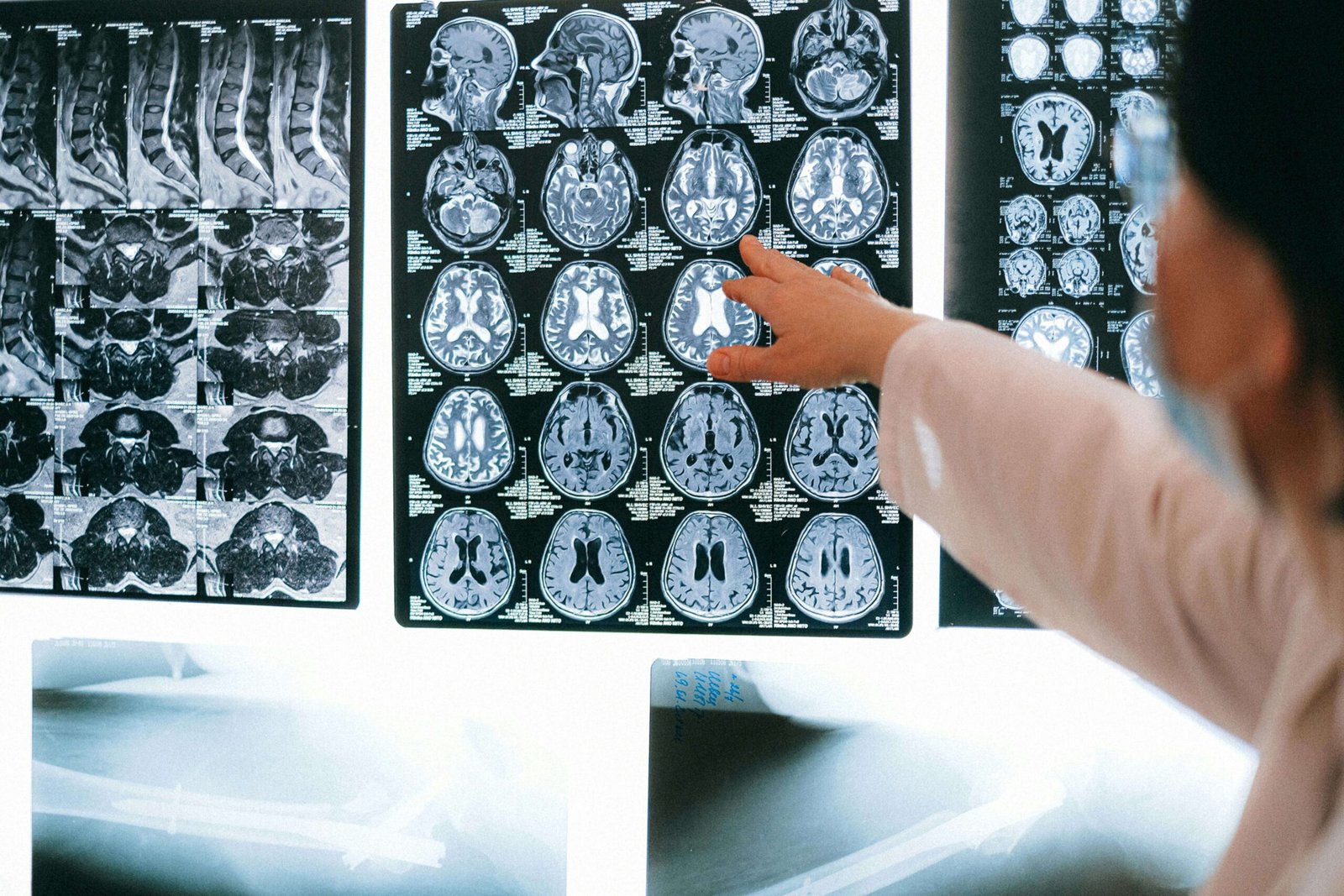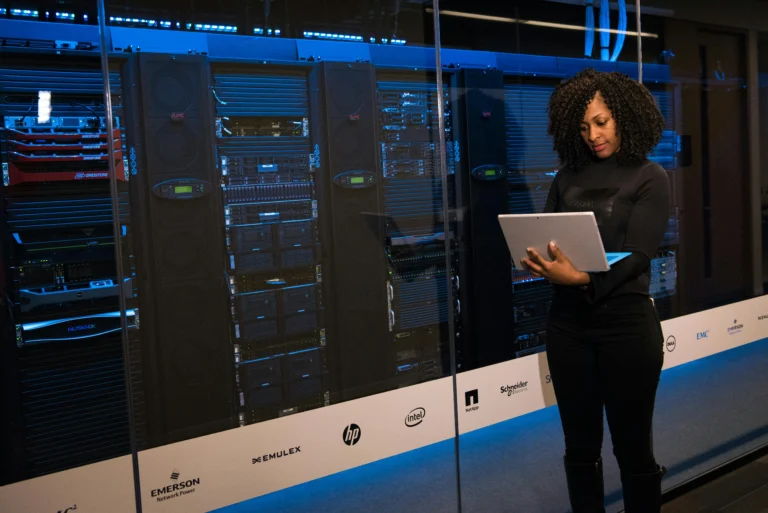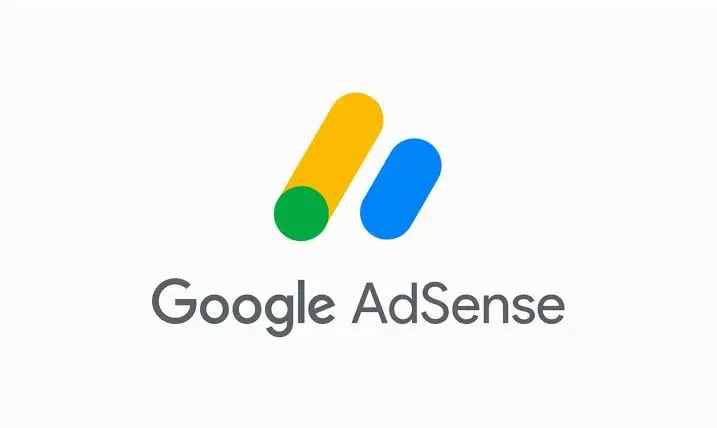AI-Related Brain Health Disorders: Causes and How to Fight Back
Imagine a coder named Alex, glued to his screen for 12 hours straight. He uses AI tools to crank out code, but soon fog clouds his thoughts. Anxiety creeps in during every deadline. Stories like this pop up more in tech jobs, where burnout hits hard. As AI weaves into our work and play, it changes how our brains handle tasks. This sparks worries about brain health disorders tied to AI use. We’ll look at main issues like overload and anxiety, what causes them from AI habits, and simple ways to protect your mind.
Understanding Brain Health Disorders in the AI Era
Defining Brain Health Disorders Linked to AI
Brain health disorders from AI often mean troubles like mental fog or worry that build from too much screen time. Cognitive overload happens when your brain juggles endless data from AI apps. Digital dementia describes memory slips from leaning on tools like voice helpers for facts. Tech-induced anxiety grows as AI feeds push quick choices. Studies show long screen hours shrink focus areas in the brain. Neuro experts note AI chatbots cut attention spans by feeding instant answers.
These issues hit the brain’s wiring. Constant info flow tires out key parts like the prefrontal cortex. You might feel scattered after using AI for reports or chats. Simple tasks turn tough without those tools.
The Intersection of AI and Cognitive Function
AI mimics how we think, but it can make us lazy with our own smarts. You rely on it for quick fixes, and your natural skills weaken over time. Take predictive text on phones—it guesses words so much that spelling fades from practice. AI fatigue sets in from always checking bots for ideas. This strains your brain’s problem-solving side.
Balance matters here. Use AI as a sidekick, not the boss. Step back now and then to think solo. That keeps your mind sharp amid the tech buzz.
Prevalence and Emerging Trends
Reports from tech firms show more workers feel wiped out by AI tasks. One survey found 40% of developers hit mental walls weekly. Remote setups, boosted by AI, keep folks chained to desks longer. This amps up isolation and brain strain.
Trends point to young pros in the mix. Gig workers on AI platforms report higher stress levels. Start by tracking your daily AI time. Apps can log hours to spot patterns early.
Key Brain Health Disorders Caused by AI Usage
Cognitive Overload and Decision Fatigue
AI spits out data fast, but your brain can’t keep up. This floods the front part of your mind, leading to quick burnout. You make choices all day—pick this prompt or that output—and soon, even small picks feel huge.
Picture AI teams sifting through model results. Ethicists share tales of days lost to info piles. Symptoms hit as headaches or blank stares at screens. Try breaks every hour. Walk away from the desk. Set timers for AI sessions to ease the load.
- Limit tool switches to three per task.
- Batch similar jobs to cut mental jumps.
- End days with a quick brain dump on paper.
Digital Dementia from AI Dependency
Digital dementia means your recall skills fade when AI handles the remembering. Search engines or assistants store facts for you, so the brain’s memory spot, the hippocampus, gets less workout. Over months, you forget names or routes without a quick query.
Neuro docs see this in heavy users. Students with AI tutors skip note-taking, then blank on exams. It feels like early forgetfulness, but it’s from habit. Fight back with games like crosswords. Quiz yourself on daily facts. Turn off auto-suggests sometimes to rebuild paths.
This isn’t full dementia, just a nudge toward weaker recall. Use AI for big searches, but train your mind for the rest.
Anxiety and Stress Disorders Amplified by AI
AI algorithms guess what you’ll like, but they breed doubt. Feeds full of tailored posts create a watch-you vibe that spikes worry. In jobs, tools track your output, adding pressure to perform.
Gig drivers on AI apps feel this sting. One study linked platform use to 25% more stress reports. You second-guess every move under that digital eye. Ease it with deep breaths during waits. Set phone boundaries for work alerts.
Mindfulness fits well here. Pause before clicking AI suggestions. Question if it serves you or just hooks you in.
Sleep Disruptions and Blue Light Effects from AI Devices
Screens from AI gadgets glow blue, messing with your sleep clock. Late-night coding or scrolling tricks your brain into stay-awake mode. This leads to foggy days and poor focus.
Sleep research ties device light to less deep rest. Users average one hour less shut-eye on heavy nights. Brain fog follows, making tasks drag. Swap to night modes on tools. Wind down an hour before bed—no AI chats.
- Use apps that dim screens auto.
- Read paper books instead for wind-down.
- Track sleep with non-screen journals.
Causes of AI-Induced Brain Health Issues
Over-Reliance on AI for Mental Tasks
You hand off thinking to AI, and your own skills rust. In schools, kids use bots for homework, skipping the grind that builds grit. Critical thought dips as easy answers flow.
Examples abound in class chats. Students disengage when AI does the heavy lift. Limit it to idea sparks. Then switch to your notes. This keeps your mind in charge.
Algorithmic Bias and Emotional Strain
AI can spit biased info, frustrating users who chase fixes. In art jobs, wrong suggestions spark doubt in your work. Conferences buzz with talks on this hidden toll.
You feel off-kilter, questioning choices. Check outputs by hand often. Build trust in your gut over code guesses. This cuts emotional hits.
Sedentary Lifestyles Promoted by AI Workflows
AI speeds desk work, but you move less. Blood flow to the brain drops without walks, fogging thoughts. Wellness checks in offices flag this for tech crews.
Sit less, stand more during AI runs. Set reminders for stretches. Tie movement to tool breaks for better flow.
Multitasking Demands from AI Integration
Jump between AI aids and real jobs, and errors climb. Dev teams juggle pipelines, stressing the switch. Your focus fractures with each ping.
Streamline by listing top tasks first. Use one tool per job slot. This drops stress and boosts output.
Prevention and Management Strategies for AI Users
Building Healthy AI Habits
Set caps on tool time, like 30 minutes per session for chat apps. Journal what you use AI for each day. Spot when it drains you most.
Stick to routines that mix tech with breaks. Walk after big tasks. This guards against overload creep.
Incorporating Brain-Boosting Practices
Meditate five minutes daily to reset. Puzzles sharpen recall against dementia risks. Neuro rules say your brain can rewire with steady effort.
Add these weekly: yoga twice, memory drills on off days. They counter AI’s pull on your focus.
Leveraging AI for Positive Brain Health
Turn AI to your side with training apps. Ones for stress logs help spot patterns. Therapy bots guide calm in tough spots.
Pick trusted ones from doc reviews. Use them as boosts, not crutches. This flips risks to gains.
Seeking Professional Support
Watch for signs like ongoing memory blanks or wild worry. See a brain doc if they stick. Therapists handle tech-tied stress well.
WHO tips cover digital mind care. Grab free guides online. Act early for quick fixes.
Conclusion
AI-related brain health disorders like cognitive overload, digital dementia, anxiety, and sleep woes stem from heavy use and lazy habits. Over-trust in tools, bias frustrations, less movement, and task jumps fuel them. You can fight back by watching your exposure, mixing in brain games, and smart tool picks.
Key steps include timed breaks, manual checks, and pro help when needed. Assess your AI day now—log hours and tweak one habit. Protect your mind for years of clear thinking ahead.







